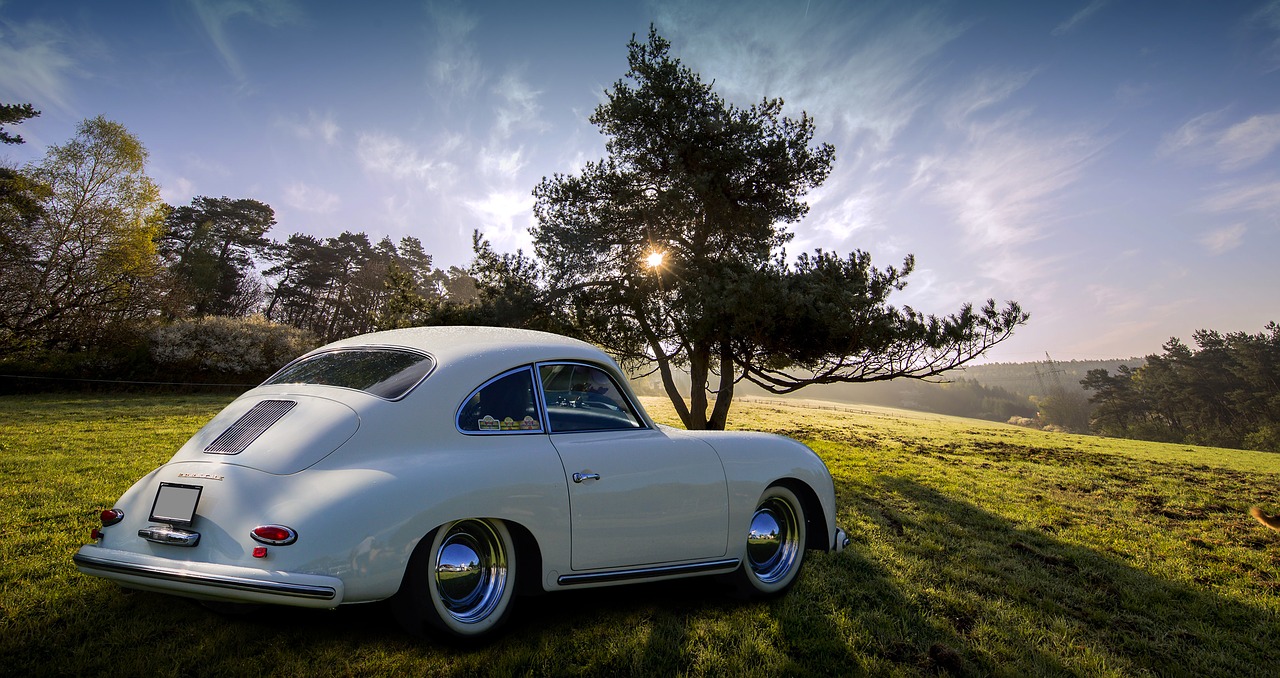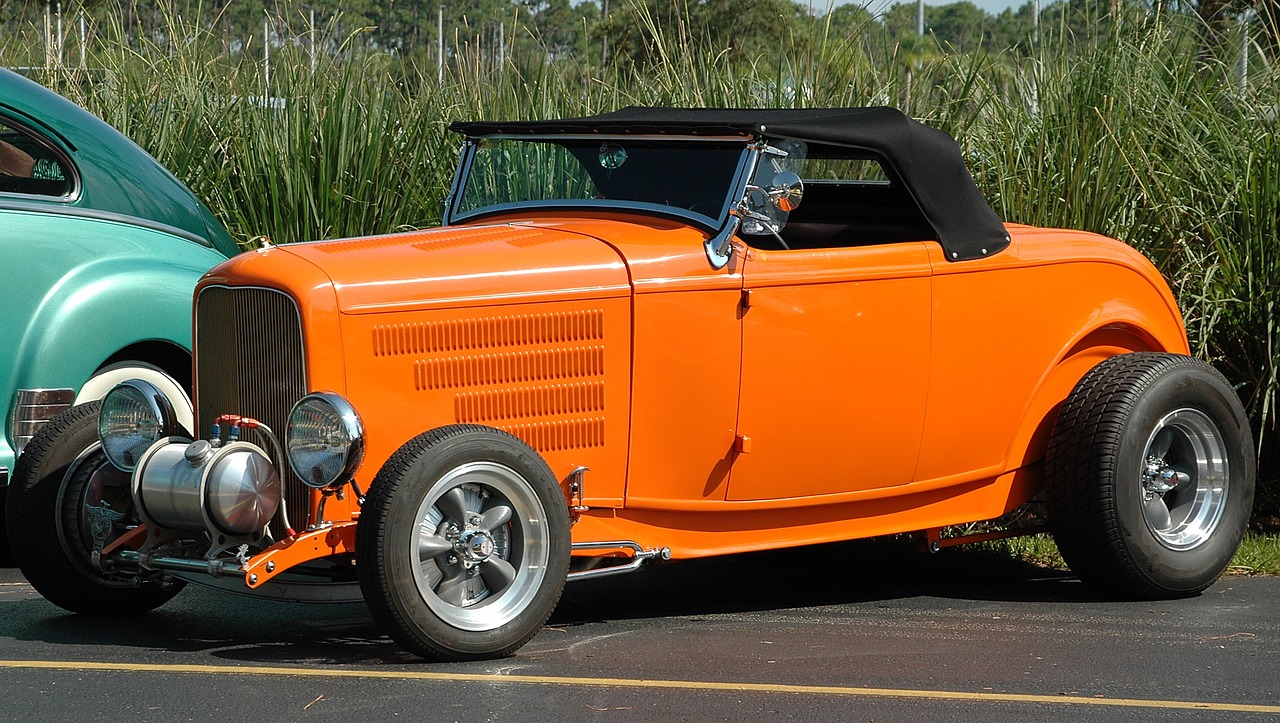Purchasing a collector car insurance policy is an ideal investment if you tend to have a knack for collecting antique, vintage, or classic cars. Automobiles that were manufactured before 1918 are typically considered antique, while vintage cars are vehicles that were made between 1919 and 1930. Classic cars, on the other hand, are models that were made throughout the 1920’s to the 1940’s. Protecting your car collection with affordable and adequate coverage is undoubtedly a wise choice, but there are many factors to consider beforehand.
1. Collector Policies Run Cheaper Than Standard Auto Insurance Plans
When someone acquires a specialty vehicle, it is not uncommon for them to just alert their current insurance company to add the new car to their existing plan. Unfortunately, they often don’t realize that they are probably receiving inadequate coverage with more expensive premiums. Coverage for specialty car models within standardized plans come out to be much more than policies specifically catering to specialty vehicles. Collector plans will provide you with the appropriate amount of coverage for your specialty vehicles at a more affordable rate than standardized auto insurance plans.

2. Modern Cars Depreciate While Specialty Cars Don’t
With traditional insurance plans, auto insurers assume that cars depreciate overtime, which can negatively impact your rates in the future. Auto insurance policies that are specifically for classic, antique and vintage models realize that your car will increase in value over time. For instance, if you have a vehicle that was built from 1930-1960 off of a streamline airplane model, a collector insurance plan would have the knowledge required to take its appreciation value into account. A regular auto insurance plan would not have the ability to figure in these factors beforehand. By consulting with a collector insurance company, you will have the benefit of them being well-versed in value appreciation. This will help assist them immensely in finding the most accommodating plan for your current vehicle collection.
3. You Should Calculate Your Vehicle Usage Beforehand
One of the main factors that collector insurance companies consider when offering you policy is how often you currently use the vehicles that you want to insure. If you drive the vehicle enough that it would be considered your primary vehicle, the insurance company may not deem it eligible for collector’s insurance. Collector insurance policies typically only offer this specific coverage for secondary vehicles. They do, however, cover your commutes to various shows and conventions. It is also important to point out that if you ever plan on racing your vehicle, the insurance company most likely will not offer collector’s coverage.

If you’re a classic car enthusiast, or even if you’ve just inherited an antique vehicle from a loved one, collector’s insurance can be a great option for effective and affordable coverage. You want to make sure that you are getting the most protection out of your future policy that is still within your budget. Collector car insurance gives you the most conforming policy options at rates that fit your current price range.

